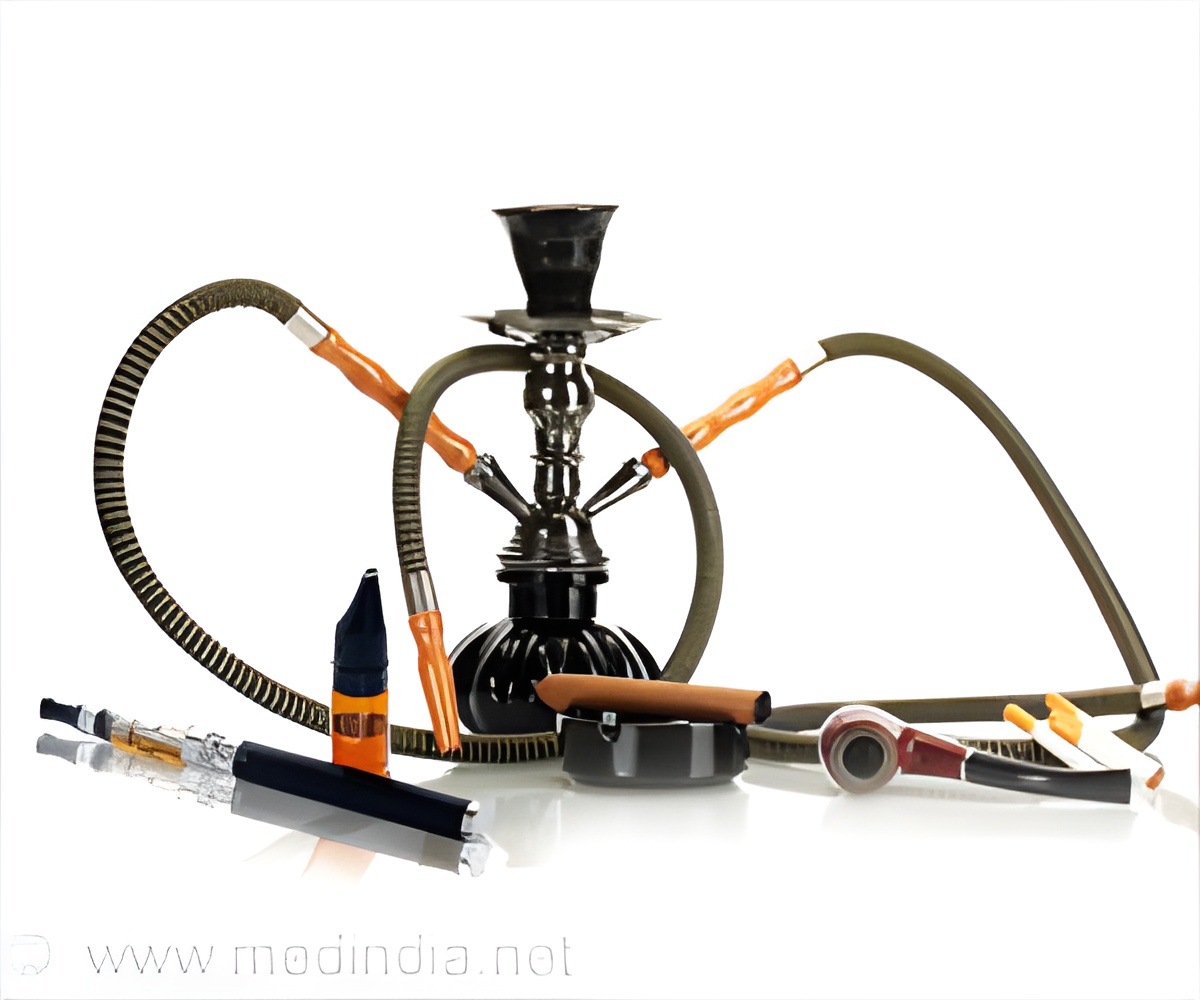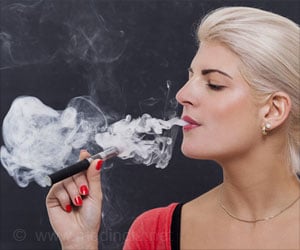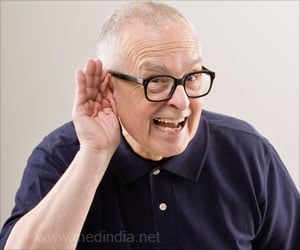Study suggests the need to broaden tobacco control prevention efforts beyond traditional cigarettes.

TOP INSIGHT
There is a growing interest in non-traditional nicotine products among college-aged young adults which includes hookah.
The first study, published in the American Journal of Health Behavior, examined patterns and trends of hookah use among public high school students in New Jersey. The Rutgers School of Public Health has collected the New Jersey Youth Tobacco Survey (NJYTS) biennially since 1998. Questions about hookah use were introduced in 2008; Kulak analyzed four waves of NJYTS from 2008 to 2014.
The findings show significant increases in hookah use across three indicators - those who have ever used hookah, those who currently do and those who smoke hookah frequently.
Overall, 23.6 percent of New Jersey high school students had ever used hookah in 2014, significantly higher than the nearly 18 percent who reported ever using it in 2008, Kulak and her colleagues reported.
In 2014 past 30 day hookah use (11.8 percent) was as high as e-cigarettes (12.1 percent) and higher than other tobacco products. Among all high school students, frequent hookah use increased from 1.6 percent in 2008 to 2.9 percent six years later.
"Whereas previous work exists examining trends in current product use, this is the first study to provide an assessment of the patterns and trends of hookah products, in a representative sample, across three different indicators - ever, current and frequent use," adds Cristine Delnevo, director of the Center for Tobacco Studies at Rutgers School of Public Health. "Most surveillance data do not include enough detail to look at trends in ever or frequent product use, but these are important indices to consider."
Kulak’s second dissertation-based paper, also published in Substance Use & Misuse, looks at hookah’s role in nicotine product initiation among college students. For this study, Kulak surveyed 832 college students in Western and Central New York. Among study participants who reported having used a nicotine product at some point, 25 percent said hookah was the first product they tried. Only combustible cigarettes (39.5 percent) were reported more frequently.
Among students who ever smoked cigarettes, most reported these as their introductory product. Nearly half of the students who have never smoked cigarettes reported that hookah was the first tobacco product they smoked.
This particular study also suggests that hookah users are less likely to use multiple tobacco products -- such as combustible cigarettes, cigars and chewing tobacco -- compared to combustible cigarette users.
"That surprised me, because I expected to find that hookah is just one of a number of nicotine products that youth and young adults are experimenting with," Kulak said.
"It may be the case that hookah appeals to youths and young adults who really do not experiment with nicotine products overall because of the perception that hookah is ’safer’ or that it does not contain nicotine," she added. "That may be supported by the finding that half of never cigarette users start with hookah - a finding that, I believe, has implications for the important role hookah is having in nicotine product initiation."
It is the first study to report that half of participants who have never smoked combustible cigarettes initiated nicotine product use with hookah. "This finding suggests that there is a growing interest in non-traditional nicotine products among college-aged young adults," Kulak said.
Based on the findings of the two studies, Kulak says public health agencies may need to consider revising the surveys and other data collection instruments they use to more accurately account for hookah use.
"These projects highlight opportunities for youth tobacco surveillance systems in other states or at the national level to update their questionnaires in a way that will provide more detailed surveillance data that can better indicate the effectiveness of tobacco prevention and control policies," Kulak said.
In addition, she said, there are opportunities for further regulation by the U.S. Food and Drug Administration, especially banning flavors in hookah tobacco.
Source-Eurekalert
 MEDINDIA
MEDINDIA




 Email
Email




